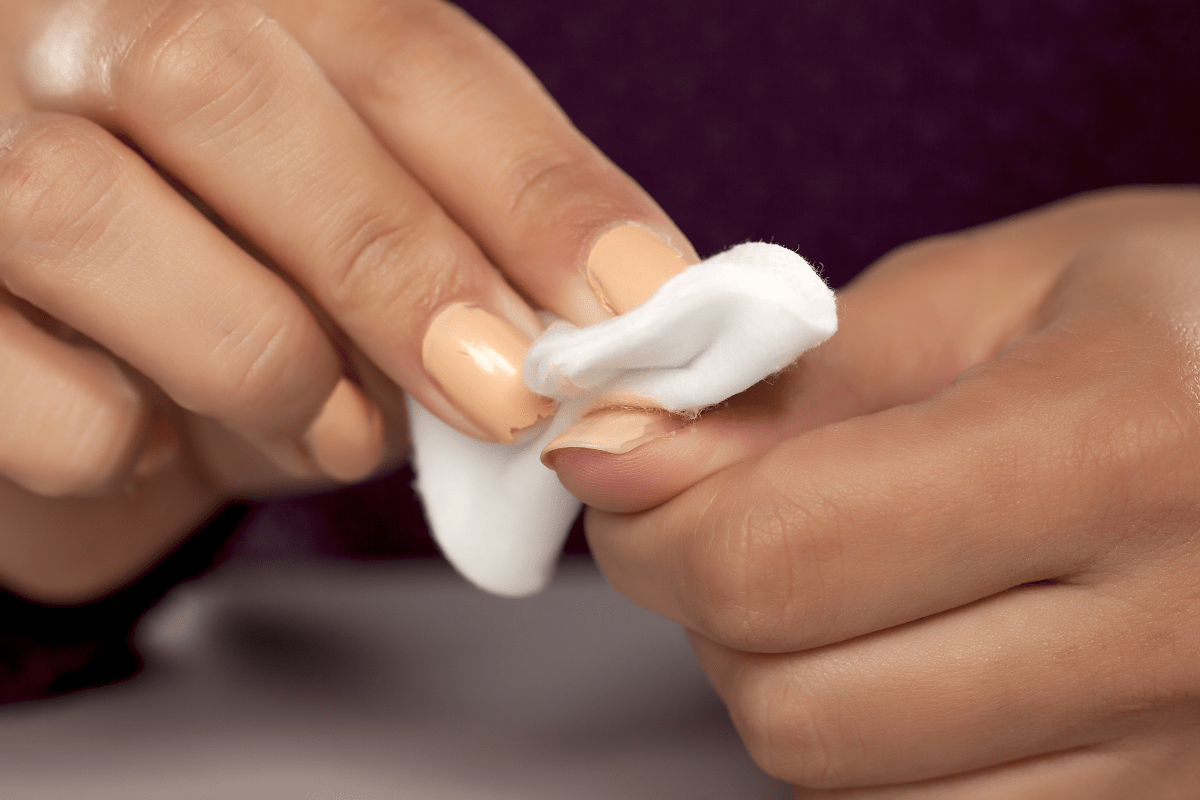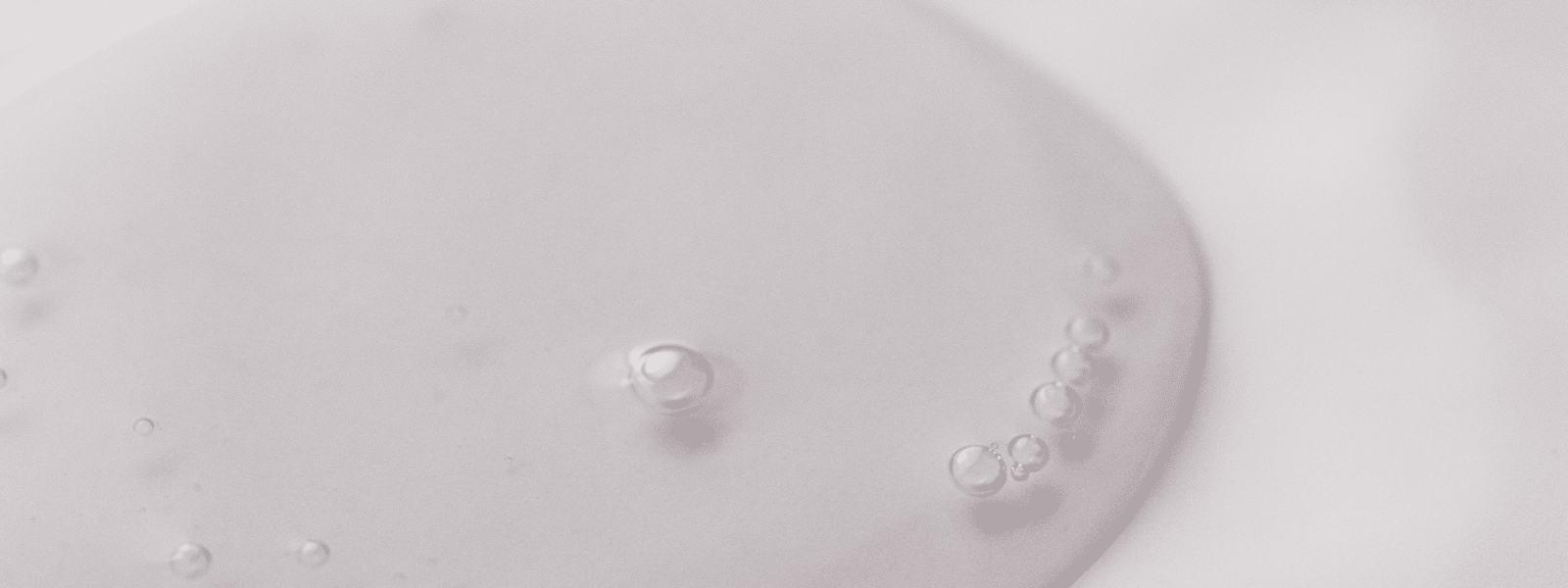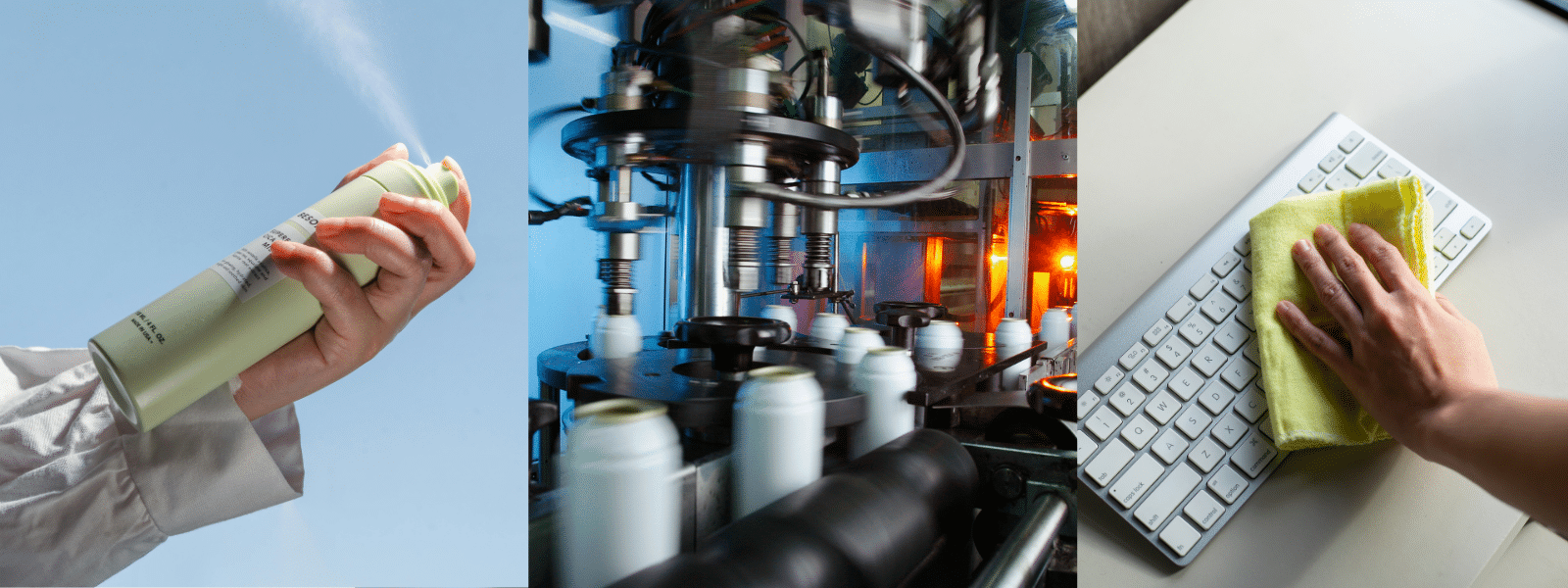Two common solvents mineral spirits and acetone are used commonly for many different practices. In this blog, we are going to examine the two different kinds of solvents, their uses, and if they have similarities or differences between each other.
What are Mineral Spirits?
Mineral spirits are a petroleum replacement for other vegetable-based turpentine. For other clarification, turpentine is an oil made from turpentine or pine wood and is used in mixing paints. Mineral spirits are a clear liquid which is a common solvent that is organic for painting. There are many other names for specific kinds of mineral spirits. Mineral spirits can remove skin oils that help protect the skin. They should also not be ingested because they can make it into your lungs, and cause irritation. Mineral spirits have many different uses, some uses for mineral spirits include:
- Painting solvent
- Paint Thinner for oil-based paint
- Cleaning painting brushes
- Degrease car parts
- Help remove spilled paint
- Remove scuff marks off wood
- Restoring wood furniture
- Shine outdoor tools
What is Acetone?
Acetone in simplest terms is also commonly called propanone. It is a colorless liquid that is very volatile and flammable with a strong odor to it. It is a solvent that is used in chemical reactions. It is one of the simplest fat-derived ketones which ketones are chemicals that your liver makes in your body. It is a natural chemical found in the environment and in the human body from the breakdown of fats. The natural organic kind of acetone has many other uses when not functioning naturally in the body some examples include:
- Solvent to manufacture plastic
- Solvent to manufacture many different industrial products
- Cosmetics
- Personal Care Products
- Nail polish removers
- Dissolves Styrofoam
- Removes scuff marks
- Cleans kitchen appliances
- Remove ink stains
Mineral Spirits Versus Acetones
So what are some similarities and differences and what makes one better than the other? Well from up above many of the same applications can be used for both products especially in-home care areas in simple tasks like removing paint or ink stains, or scuff marks. In the differences, acetone is flammable whereas mineral spirits are less flammable. Acetone has a strong odor and is irritating while mineral spirits have either no odor or a kerosene-like odor. While some of their applications are the same mineral spirits are not used in the beauty industry at all like acetone because it’s used more in paints where acetone is used in nail polish removers and other similar categories.
If you are seeking chemicals in bulk and don’t know where to start, contact us here for more information.















